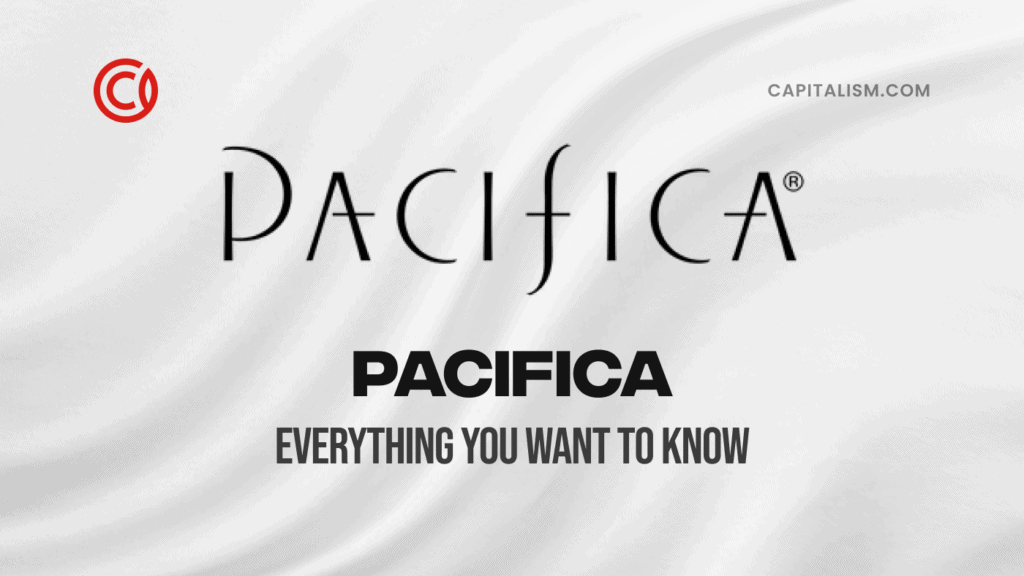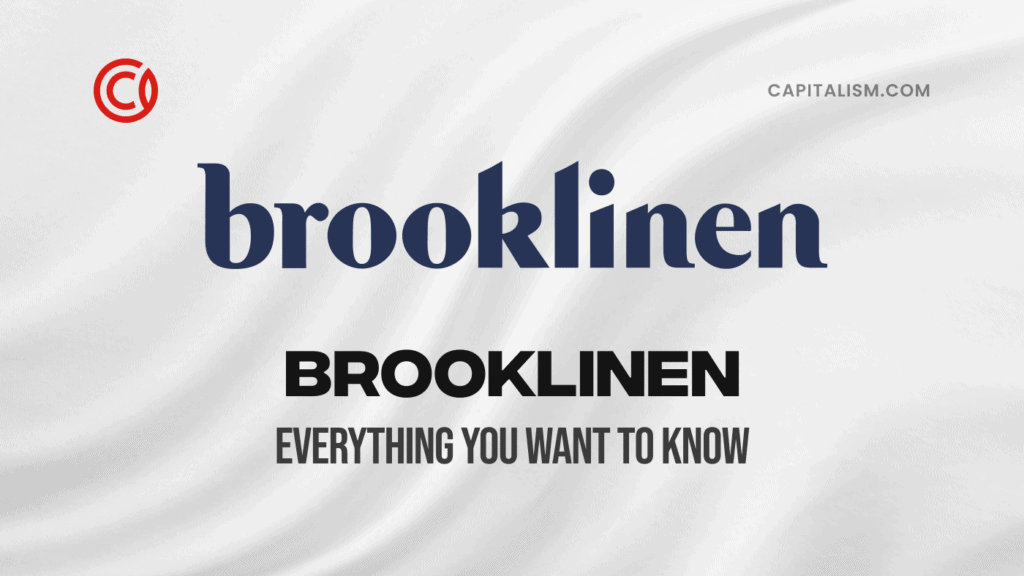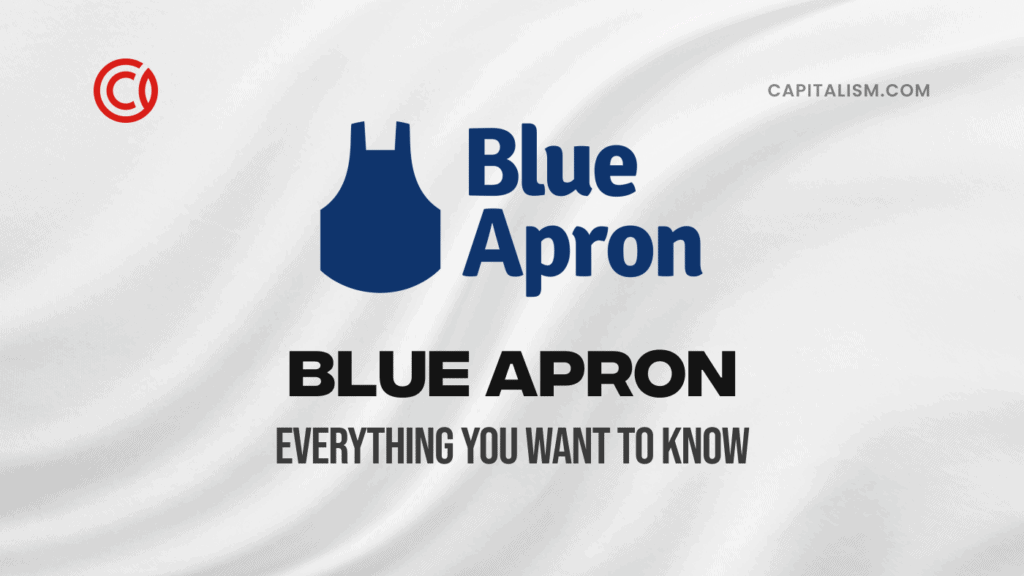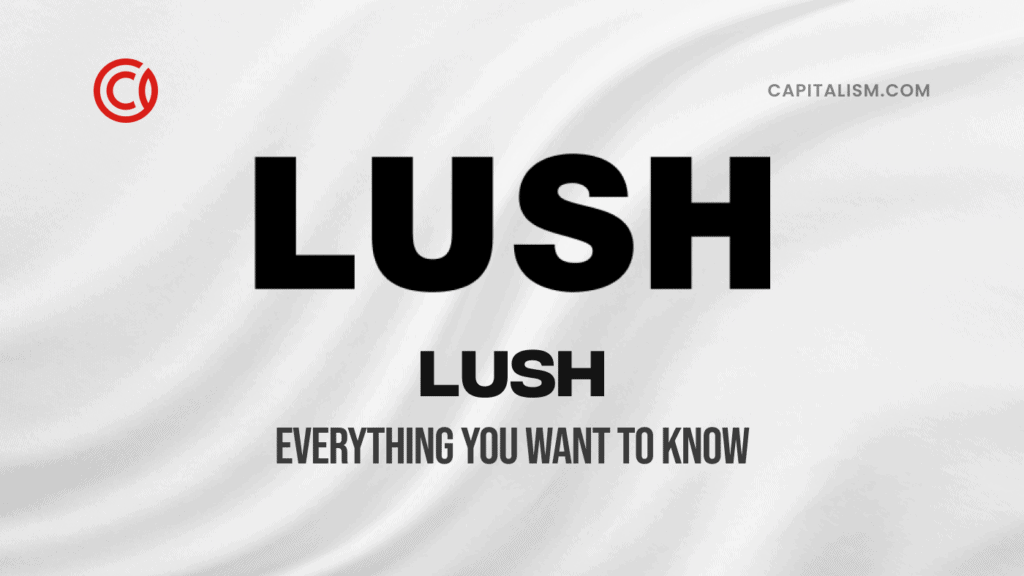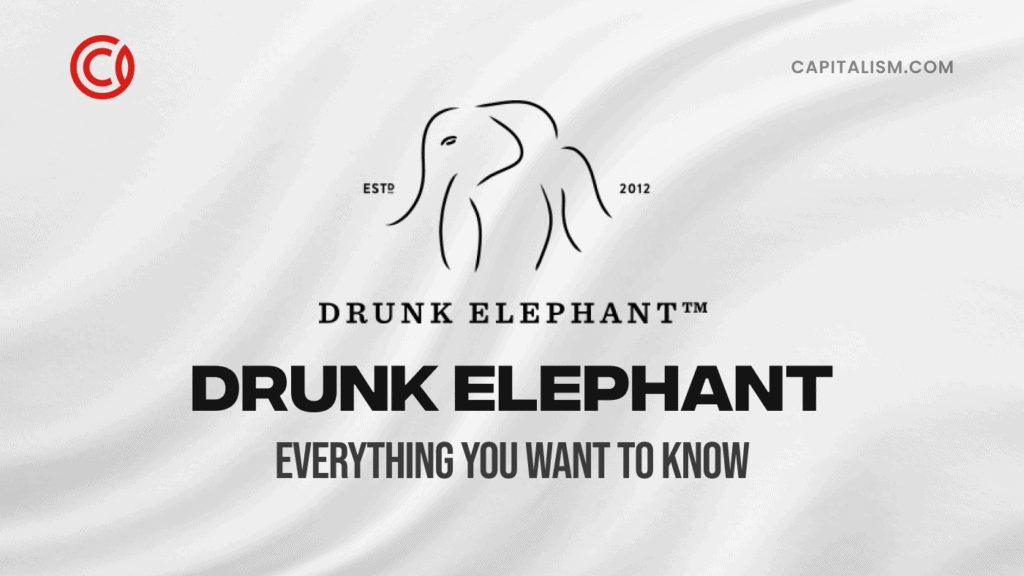How Henrik Launched a Brand that Grew to $1.6B Even Though He Had No Clue about Marketing
Dogs are man's best friend. And this was indeed the case for Henrik Werdelin, the co-founder of BarkBox. Little did he know that his love for these four-legged animals would grow into the $1.6B BARK company empire.
What's Henrik's proprietary marketing secret? Just make up shit as you go along. After all, everyone does it, but no one wants to admit it. And that unstudied, somewhat risky method fetched the Danish entrepreneur a fortune.
Launching a Business… in Bed
Henrik's idea for a dog-worthy brand came to life while lying on a romantic, heart-shaped bed with soon-to-be co-founder Matt Meeker. No, the duo wasn't on a romantic getaway. In fact, Henrik and Matt didn't even know each other. But they both did sign up for the same conference on a cruise ship, and they did choose to share a room with a stranger to get a cheaper ticket.
Henrik was the first to the room and found the two halves of the heart-shaped bed pushed apart. He thought it would be hysterical to put them back together. After a few drinks, Matt didn't hesitate to jump into bed with Henrik. But instead of participating in NSFW activities, the two started brainstorming business ideas.
While getting to know each other in bed, Henrik and Matt discovered they shared many of the same interests—namely dogs. Henrik was adopting dogs at the time, and Matt owned a Great Dane named Hugo. The idea emerged to put together a box stuffed full of cool things for dogs, and they would call it BarkBox.
"They're All Just Making This Stuff Up!"
Building companies was nothing new to Henrik. He's done it for most of his career. But just because you've done something before doesn't make you an expert. As he told Foundr Magazine, "I've definitely learned that you can work yourself to death and not necessarily become successful."

He began his professional career as a BBC radio producer. In the 90s, he left that job to join MTV Networks, where he climbed his way up the corporate ladder to become Vice President of Product Development and Strategy. He was an eager 20-something-year-old at the time.
During his time at MTV, Henrik realized how much people bullshitted their way to the top in the corporate world. As he sat at a conference room table intimidated by much older bigwigs, Henrik worried they would discover he was just making it up as he went along. But as he looked around the room, he quickly realized everyone else was just as clueless.
That memory would stick with Henrik and help shape every company he launched.
In 2010, Henrik decided to test the entrepreneurial waters a bit. He founded Prehype—a business focused on supporting startups. It advises companies looking to scale and provides seed money.
Overspending was a problem Henrik noticed in nearly every company Prehype managed. Brands would shell out tons of cash in the hopes of growing, but it rarely panned out. Instead, they would all fall into the red without much to show for their endeavors. Henrik spent a lot of time figuring out a better, more organic way to scale brands.
Little did Henrik know he was about to put his own observations to the test. In 2012, Henrik, Matt, and Carly Strife launched BarkBox. The monthly subscription box would send out a range of dog-related goodies, including innovative BarkBox toys, all-natural treats, and yummy chews.
After the first box shipped out in May 2012, dogs began asking for it by name. And with a bit of savvy marketing, BarkBox would become unstoppable.
Turns Out You Can Teach an Old Dog New Marketing Tricks
When Henrik first launched BarkBox, it was a unique brand—one of the first of its kind. Today it serves more than a million happily wagging tails each month. How did he grow from a small startup into a dog-loving, multibillion-dollar brand?

At the age of 44 (that's 308 in dog years!), Henrik is no longer a spring chicken. But instead of following an old-school marketing approach, he decided to take BarkBox on a different route entirely. You might even say he made up his own path as he went along.
Here are some takeaway points any entrepreneur can follow as they prepare to launch:
Be Authentic
You probably get tired of hearing this, but you must know your audience before doing anything else. Who is BARK's audience? Dogs. According to Henrik, the company's primary goal is to make dogs happy. If dogs enjoy the products, owners will continue buying them. If dogs destroy the products in 30 seconds, their owners will look elsewhere. It's really that simple.
BARK is a dog-friendly brand. Whenever someone calls customer service, they're probably talking to a representative sitting with a dog in their lap. Sharing a passion for dogs means employees can instantly relate to how a customer is feeling at that moment. It gives them a common ground and helps create a bond that only pet owners know.
The Happy Team is another of Henrik's genius ideas. This department does marketing research to learn how the brand can grow and improve. Every month, the Happy Team contacts about one-third of the customers—that's over 30,000 subscribers every 30 days! Their mission is to understand what problems they can solve for their customers. You don't need an academic degree to get to know your audience better—just ask, and they will tell you.
Hire the Right People
The best employees are those who share your company's vision. Henrik loves dogs, and so does every BARK employee. That's right—if you want to work for the brand, liking dogs is a prerequisite. You won't even get an interview if you don't.
Henrik also emphasizes the importance of building a team you actually like. The DNA you infuse into your company in its early days will follow you around indefinitely. Henrik jokes that it's better to hire somebody you like than someone competent. And while this makes entrepreneurs chuckle, there is a bit of truth to it as well.
Experiment

How can your brand regenerate itself? That's a question Henrik asks time and time again. He believes too many companies try to grow upwards when it would be better to grow wider. In his new book, The Acorn Method, Henrik explains how trees evolved not by becoming bigger trees but by becoming a forest. As long as the core tree still works, outward growth is often the better option.
Ask yourself these questions before obsessing about scalability:
- What product do customers really love?
- What service do customers need?
- Where is the magic?
Once you pinpoint the answers, a growth plan will fall into place. Henrik made this realization after hearing his customers complain about their dogs ripping apart plush toys in a few seconds. The Super Chewers brand was a natural response to deliver more robust, durable products to these strong dogs.
Word-of-Mouth Is Best
From day one, word-of-mouth marketing has always been the most effective strategy for BarkBox. Dog owners love to brag about their furry friends to others. That's why Henrik started using a referral program. Active subscribers pass their referral code along to friends, and whenever someone uses it, they receive a free box in return.
Unboxing videos on YouTube also became a huge success. Henrik saw the power of influencers and started sending out free boxes to various YouTubers to expand BARK's reach. Influencers would open the boxes on camera and have their dogs test the products on the spot. As he told Digiday, "That's been tremendous in getting us new customers."
Don't Underestimate Email
Henrik firmly believes email should be a core driver in a company's revenue growth. But a lot of e-commerce brands don't put enough thought or effort into email campaigns. They assume emailing is spammy and inboxes are already full enough. However, sending out emails with this mindset means too many of them will end up in the trash folder.

People check their inboxes compulsively throughout the day, whether from a desktop, laptop, tablet, or smartphone. They view emails like signs along the highway—whenever one catches their eye, they'll take the exit. Effective emails are catchy, personalized, and guide the customer to take action.
Get Creative
Some advertisements follow a predictable, mundane, yawn-inducing pattern. Take prescription drug commercials, for instance. Each one tells the negatives of a particular condition, features a person living life to the fullest, and then closes with a long list of possible side effects. It's almost like marketing agencies recycle the same script over and over again. But customers quickly catch on to this unauthentic approach.
The best marketing should communicate the brand's DNA. Henrik never wanted BARK to be a dull, lifeless company. That's why he got creative when it came to advertising. Early BarkBox videos showcased loyal dogs or featured them doing funny things. These videos went viral and helped dog-lovers relate to the brand.
Be a Smart Salesperson
Why do used-car salesmen have such a bad reputation? It's because they push products on customers without building a relationship. This type of behavior feels untrustworthy and just plain sleazy. Henrik also knows it's the wrong way to approach marketing.
Brands should steer clear of pimping out their products through social media or email content. Instead, they should build rapport and wait until the customer establishes purchase intent before going ham with direct sales. That's the most effective time to offer impulse buys, free shipping incentives, or buy-more-save-more discounts. Customers will feel like they unlocked a secret value, and you'll be able to sleep better knowing you're not a sleazy salesperson.
BarkBox FAQ
You probably have a few questions about the company after learning Henrik's secret to success. Let's answer them here:
What company owns BarkBox?

When BarkBox first launched, it was its own company. Today, it falls under the BARK umbrella along with other dog-themed brands, including BARK Bright, BARK Eats, BARK Home, and Super Chewers.
Who owns BarkBox?
Henrik Werdelin, Matt Meeker, and Carly Strife were the original co-founders of BarkBox, and they still own the BARK today.
How much is the company BarkBox worth?
In 2020, BarkBox merged with Northern Star Acquisition Corp. in preparation for an upcoming IPO. The merger put the BarkBox company value at $1.6 billion, and the initial public offering in Q2 of 2021 should raise $454 million.
Even during the pandemic, the company stayed profitable. As Pymnts.com reported, "The demand for pet supplies has surged amid the global coronavirus pandemic, with spending on gifts for pets up 21 percent over last year." The pet industry has historically survived every recession unscathed, and Henrik remains optimistic about the brand's future.
When is the BarkBox IPO?
Henrik hopes the IPO will happen before the end of Q2 2021. Once the IPO goes live, BarkBox stock will trade under BARK.

Is BarkBox made in the USA?
BARK manufactures all its products in the USA and Canada using both domestic and imported materials. Best of all, the company has real dogs test everything first.
Does Amazon own BarkBox?
No, but customers can purchase subscriptions and some products through Amazon's subscription box store and use Amazon payment as their preferred funding source. Curious customers can also read a few BarkBox reviews on Amazon.
Thinking Outside the Box
Entrepreneurialism is a dog-eat-dog world, and brands must enter the game with the right mindset to come out victorious. Henrik launched BarkBox with only a product, a vision, and a desire to serve dogs. He also made up most of his marketing techniques as he went along. This unconventional, vulnerable way of doing things panned out and helped BARK grow into a multibillion-dollar empire.


